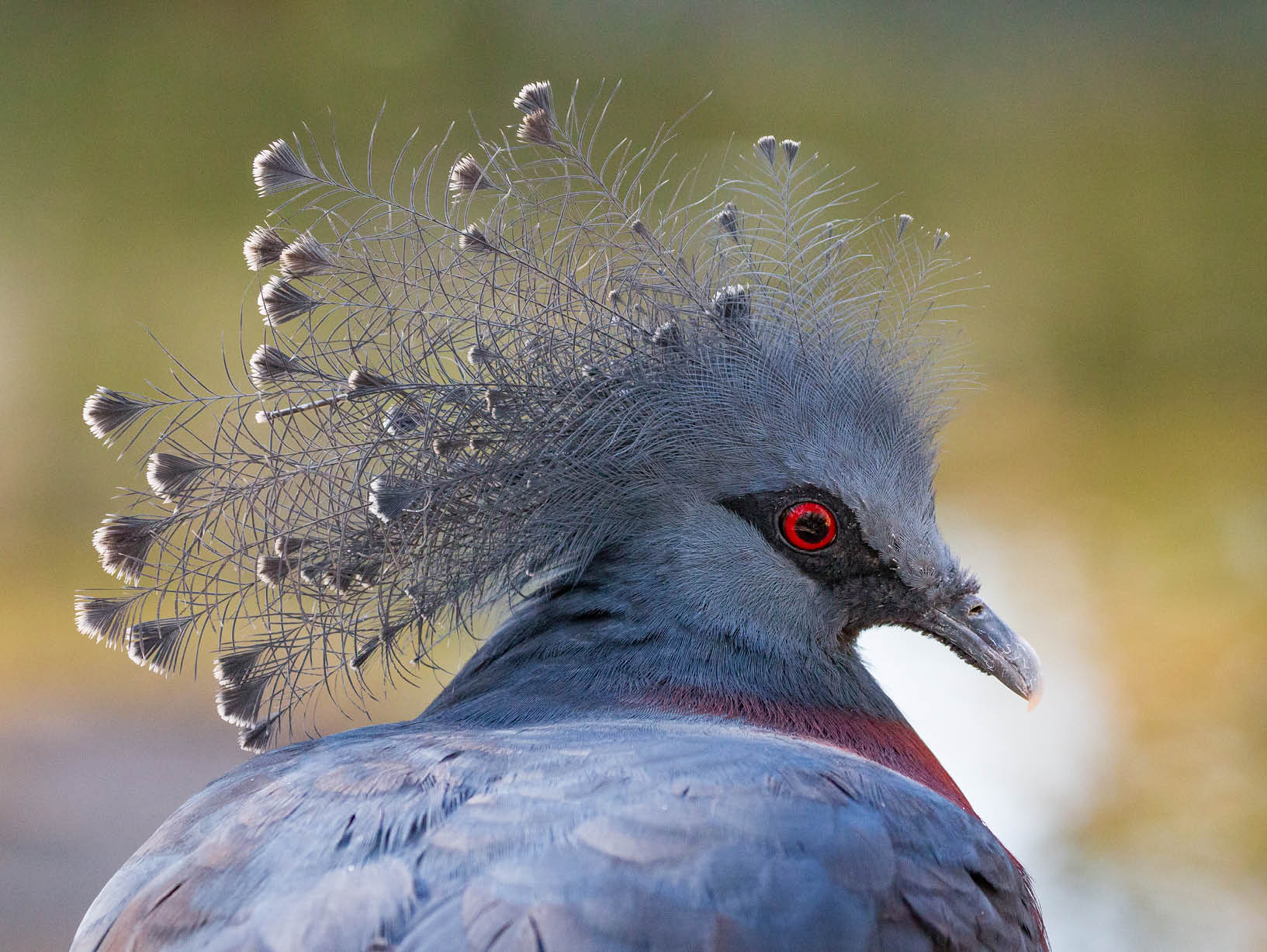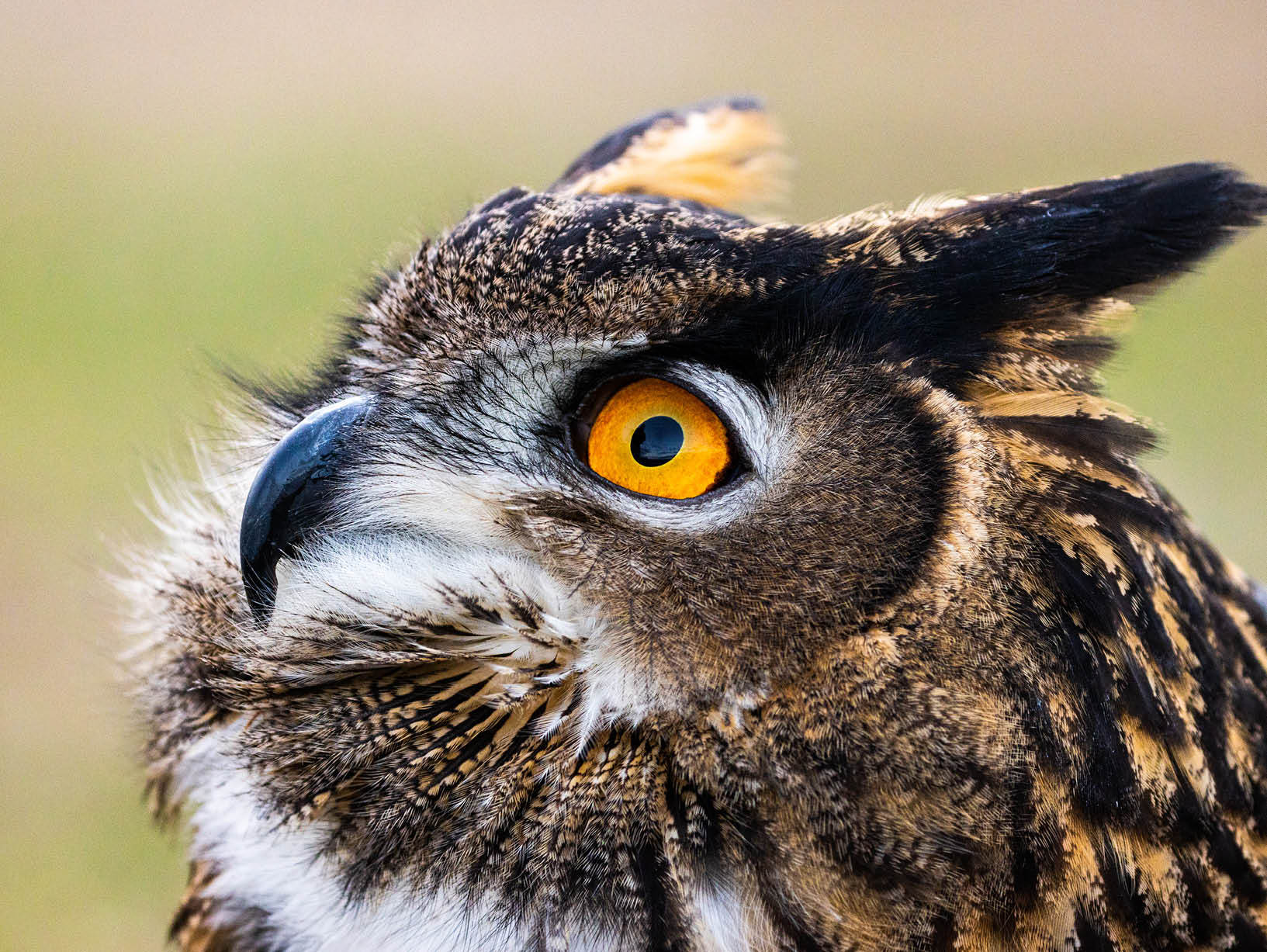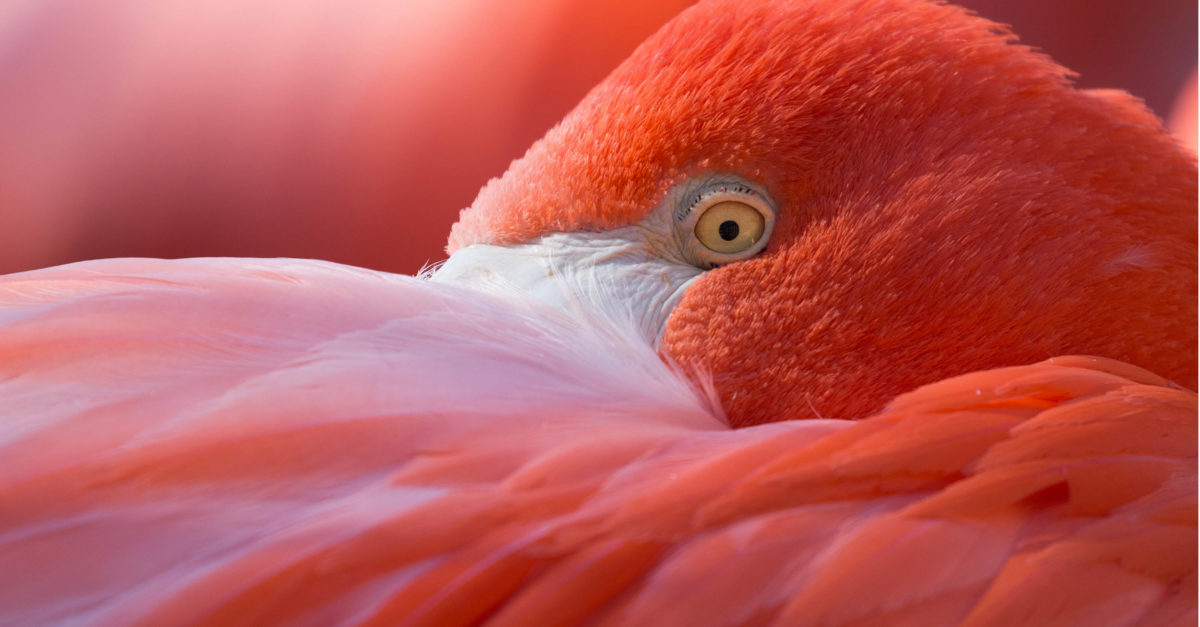Warriors for the Winged
Photography by Sylvan Heights Bird Park
There are currently more than 35,500 species on the verge of extinction—and 1,223 of them are birds. But thanks to the Sylvan Heights Bird Park and its founder, Mike Lubbock, many endangered avian species are getting another opportunity for survival.

“The Waterfowl Man”
Lubbock has had a passion for birds, especially waterfowl, since he was a child growing up on his family’s farm in England. He began his career at seventeen working for the Wildfowl & Wetlands Trust, which is where he established himself as a well-respected researcher. It was there that he also began to study different breeding techniques and pioneered a completely new approach that has helped save numerous species. “I took part in trips to various places like Africa and Australia and established the process of bringing eggs from the wild back to base to hatch and rear the birds,” Lubbock says. “We had many first breedings of species because of using this method.” Instead of attempting to breed birds that had already learned natural behaviors and migratory patterns, hatching birds in captivity, raising them until maturity, and breeding them proved to be much more effective and, in some cases, less time-consuming.
Due to the success of this method, including bringing an Australian species of duck back from the brink of extinction in just nine months, Lubbock decided to make his own migration to the United States in 1981, with the goal of growing his collection and establishing a breeding complex. In 1989, with the help of a partner, he established the Sylvan Heights Waterfowl Center, which has grown to be the largest avian collection of its kind anywhere in the world.

Fascinating Flocks
Over thirty years later, the breeding center and park—now called Sylvan Heights Bird Park—has 260 different species of birds, 160 of them being waterfowl, and over 2,000 birds total. Lubbock notes that the park’s location in the hilly marshlands of Scotland Neck, North Carolina, makes it perfect for both breeding and displaying the hundreds of varieties of birds it houses. And because there are so many different types of birds from all over the world, each continent is given its own designated area and distinctive exhibition.
Lubbock notes that, despite many of the birds coming from completely different climates than that of Scotland Neck, waterfowl are particularly adaptable. “Waterfowl are very easy to house because you can keep a lot of species together,” he says. “They are unique because they have down feathers, the inner feathers that keep them warm and make them, in a sense, waterproof. Even species that come from places like Africa climatize quite well.” The open water within the park is fed by well water, which keeps it at a constant 56 degrees all year long. And the park puts species like parrots, which would have trouble withstanding a North Carolina winter, in warm shelters until they can be returned to their exhibits.

There are currently eleven different sections of the park, including Wings of the Tropics, Endangered, Eurasia, and even a special section dedicated entirely to its three different species of flamingos—the most popular birds in the park, according to Lubbock. Visitors can take their time meandering through these sections to view and learn about the different species, including parrots, pheasants, and ducks, among others, many of which live exclusively in the park because of their endangered status.
While many of the exhibits are enclosed, Lubbock decided to open a special area to make the park more hands-on. “We wanted the park to be interactive,” he says, “so four years after we opened, we built what we call the Landing Zone. People can go in, purchase a feed stick, and interact with about 300 budgies [parakeets]. The birds come down to feed from the sticks, giving visitors a very close look. We’re trying to entertain people but also teach them where the birds come from and their place in the world.”

Implanting Knowledge
Education is at the forefront of the mission and vision of the park. There is a small staff of educators who help answer visitor questions at the exhibits and who is available to explain in depth about the protection and conservation of the species on display. There is also a larger staff at the park’s breeding center who is responsible for taking eggs from the park or from the wild, hatching the birds, and rearing them until they can be released. The center currently hatches about 1,500 birds each year.
In the past twenty years, over 650 individuals have worked at and received training through Sylvan Heights and have gone on to pursue careers in zoology and conservation—something Lubbock is particularly proud of.
Although 2020 brought many unique challenges for maintaining its educational programs, the park has switched gears to offer virtual science programs and field trips that allow preschool-age children all the way up to twelfth grade the opportunity to learn about endangered species of birds in an interactive way. There are also a variety of in-person programs that put children directly into nature by allowing them to explore the marshlands of the park, collect specimens, and learn about some of the scientific methods that are helping to preserve endangered species all over the world. And in the summer months, Sylvan Heights offers a handful of camps that teach about a wide variety of topics, including etymology (the study of insects) and ornithology (the study of birds), as well as gardening and lab experiments.
A Safe Haven
The majority of endangered avian species have become at risk because of habitat loss, something that can be monitored, Lubbock says, but, in some cases, not completely controlled. In places with high concentrations of endangered species, he and his team work together with governments and residents to educate them on the importance of protecting these birds. “If the birds don’t have a habitat they can go back to, there is nowhere to release them,” Lubbock says. “A lot of the species we deal with are from countries where developers are cutting down trees to create areas for more farmland or other purposes, and we are trying to get them to put aside areas of reserve so there is somewhere we can redirect the birds.”
For nearly every species Lubbock has worked so hard to save, Sylvan Heights has become an ideal safe haven—giving these populations a second chance that they otherwise would never have had, all the while educating and engaging the public about some of the most important, diverse, and colorful creatures in the world.
For more info, visit shwpark.com






















